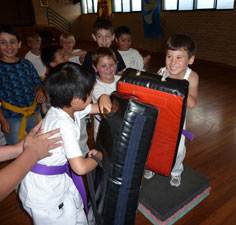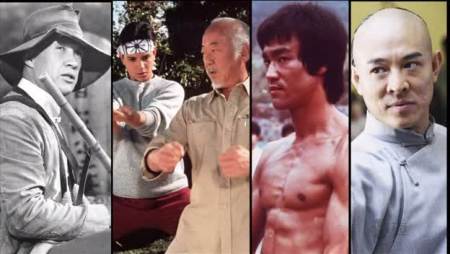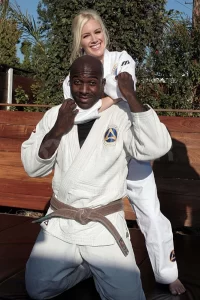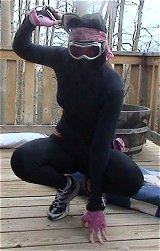Many experienced martial artists believe that, of all the different categories of training partners, absolute beginners are the most dangerous. To outsiders, this sounds like a paradox. Shouldn’t those with the least martial arts training be the least dangerous?
It is not truly a paradox, only a misconception. And not all white belts are dangerous, obviously. But those that are, if only on the mat, are so for the following reasons.
Their goal is always to win. They don’t yet understand the difference between trying to win, and trying to cultivate the skills that one uses to win. Real fights are chaotic affairs, and chaos is not a proper breeding ground for skill development; thus, training in respectable martial arts consists of a series of games, first introducing support structures (e.g. rules and conventions), then dismantling them one step at a time.
The need for, or value in this approach is not obvious–and it is not always explained at the outset. So some white belts never appreciate the context of their practice. Others consider themselves above the “organized despair” of the “traditional mess,” and when a rule stands between them and a sparring victory, they break it without hesitation. The conventions and rules of training, they reason, are “unrealistic in a real fight.”






